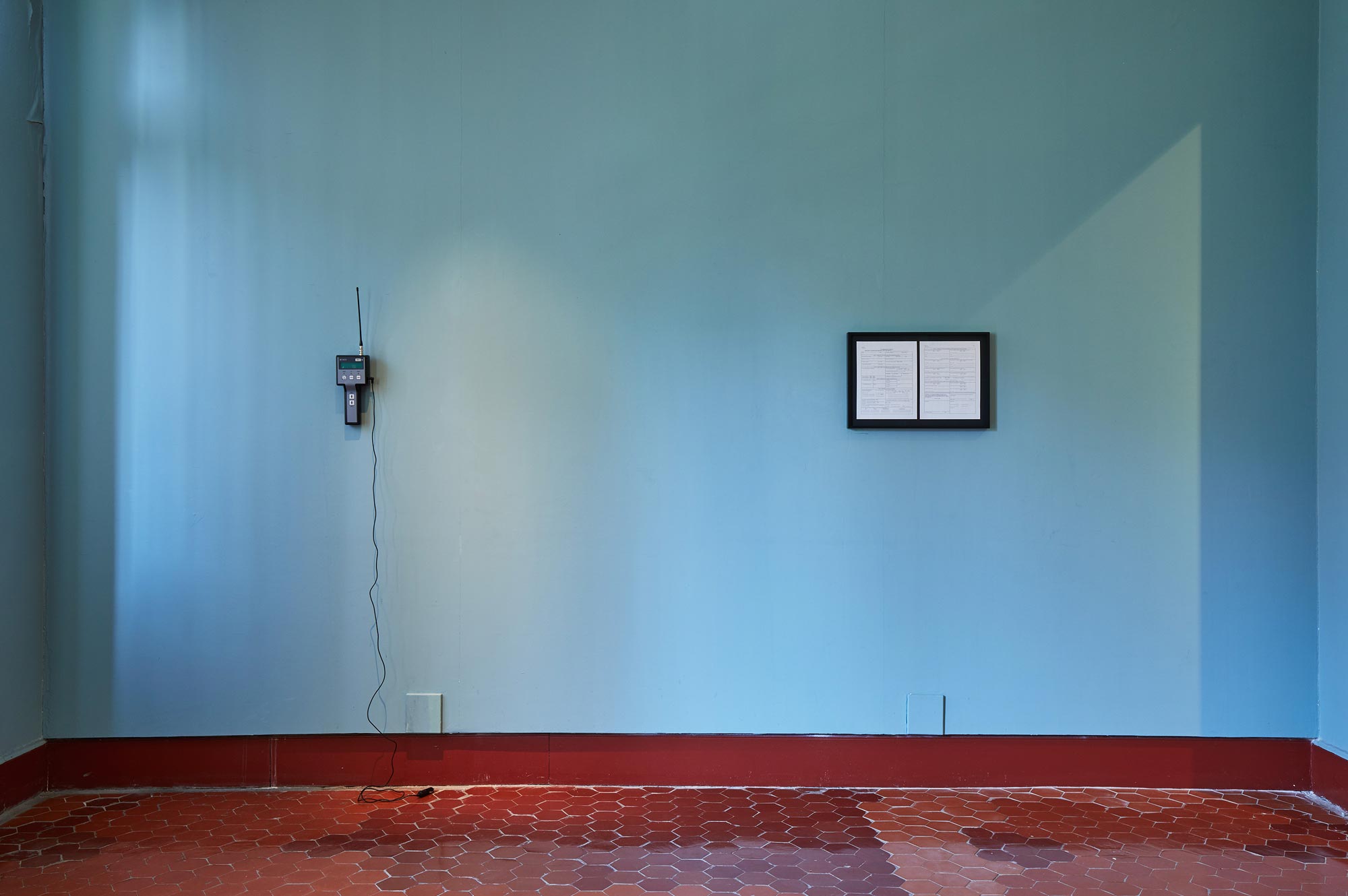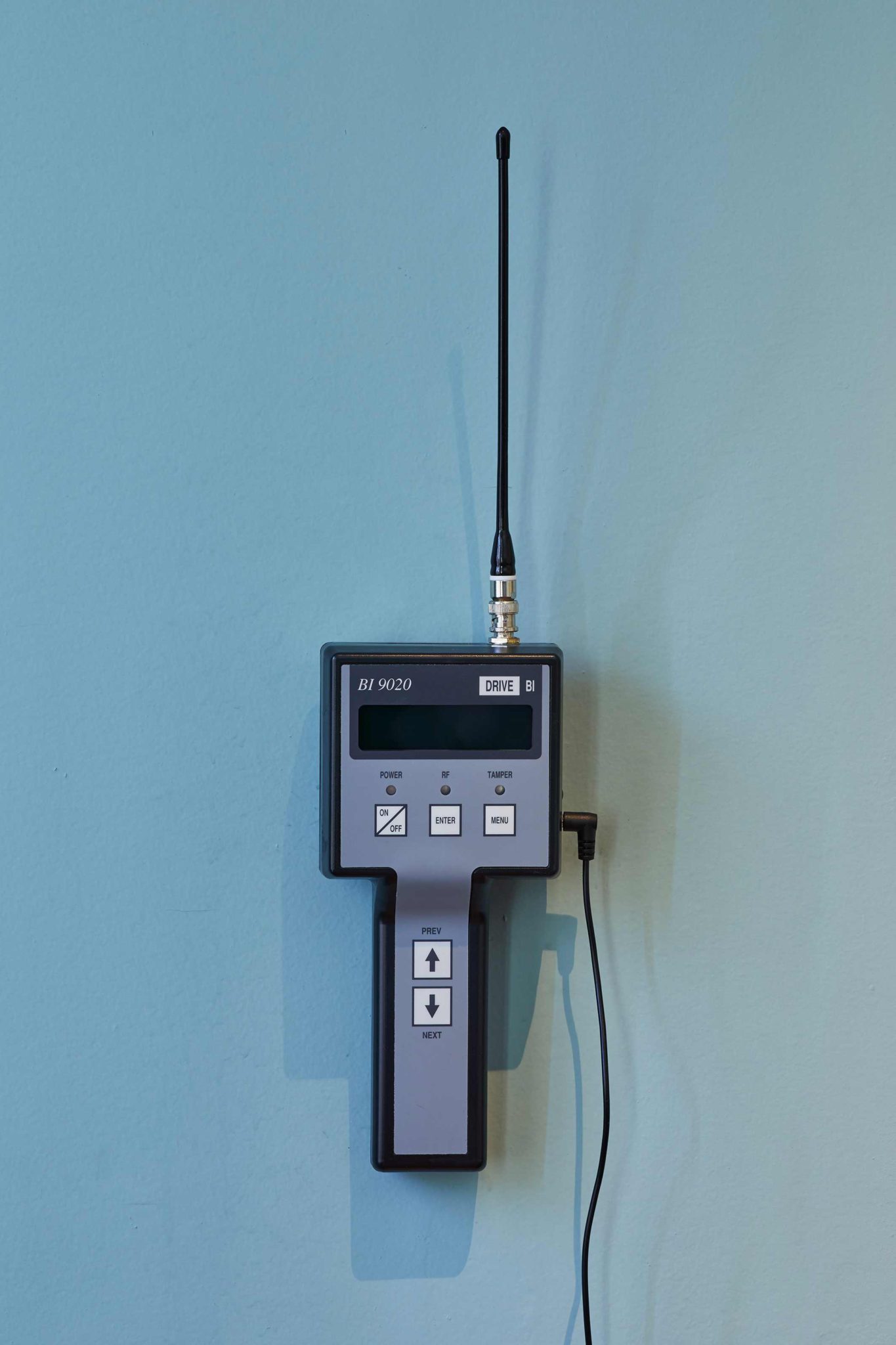Né en 1988 aux États-Unis Cameron Rowland vit et travaille à New-York. Il œuvre à rendre visibles les institutions, les systèmes et les politiques qui perpétuent le capitalisme racial. Les travaux de recherche intensifs de Cameron Rowland se concentrent sur la présentation d’objets et de documents dont la provenance et les opérations exposent les séquelles de l’esclavage et de la colonisation qui imprègnent notre vie quotidienne. Son travail a été présenté à : l’Institute of Contemporary Arts, London; Museum of Contemporary Art, Los Angeles; Galerie Buchholz, Cologne, Germany; Établissement d’en face, Brussels; Kunsthalle Freiburg, Switzerland; Artists Space, New York and Essex Street / Maxwell Graham, New York; et dans des des expositions collectives au Museum fur Moderne Kunst, Frankfurt, Germany; 33rd Bienal de São Paulo, Brazil; Secession, Vienna; Whitney Biennial, Whitney Museum of American Art; Punta della Dogana, Venice; The Museum of Modern Art, New York, New York et ailleurs. .
1.Cameron Rowland, Manifesta 13, Marseille, France
Installation view
2. Cameron Rowland
Monthly Supervision Report
Form PROB 8
In 2016, there were 3,789,800 people on probation in the United States. The U.S. federal government and 41 states charge people on probation flat or monthly monitoring fees and fines to pay for their own supervision. Federal supervision fines are imposed as a “criminal monetary penalty” in addition to restitution, assessments, interest, bail bond forfeitures, and court costs, to be paid as a condition of probation.
In 2017, 45% of people admitted to state prisons were incarcerated for violating their probation or parole.
3.Cameron Rowland
Behavioral Intervention, 2020
Officer monitor for probation, parole, detention
Electronic monitoring is used to track people. In the U.S., it is often a condition of probation, parole, home detention, and release from immigration detention. It is described as an alternative to incarceration. It is legally termed “partial confinement.” Electronic monitoring imposes curfews stipulating when the person being monitored may and may not leave their home, and exclusion zones stipulating where they can and cannot go. Electronic monitoring in the U.S. rose 140% between 2005 and 2015. If the terms of electronic monitoring are violated, the person being monitored may be “fully confined” in prison.
The officer monitor manufactured by BI Incorporated is “a portable, handheld receiver that detects the presence of HomeGuard or TAD bracelets from several hundred feet away. It enables officers to conveniently monitor clients from outside a home, work, school, or any location.”1
BI Incorporated provides Behavioral Interventions® services. It is a GEO Group company.
- “Drive-BI®: Enhanced Monitoring in a Portable Package,” BI Inc., accessed January 14, 2020, https://bi.com/products-and-services/drive-bi-radio-frequency-monitoring-device-remote-location-technology/.
© Jeanchristophe Lett











